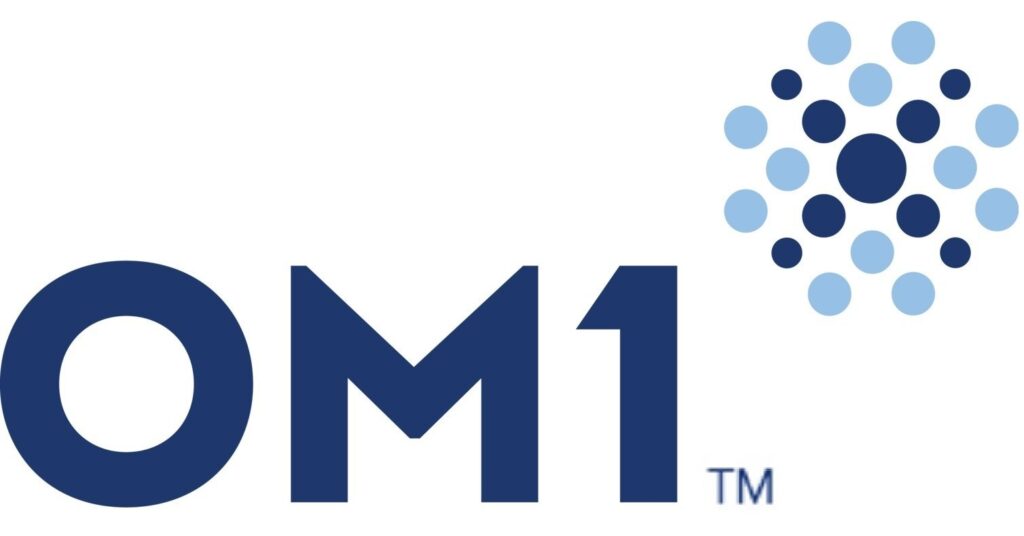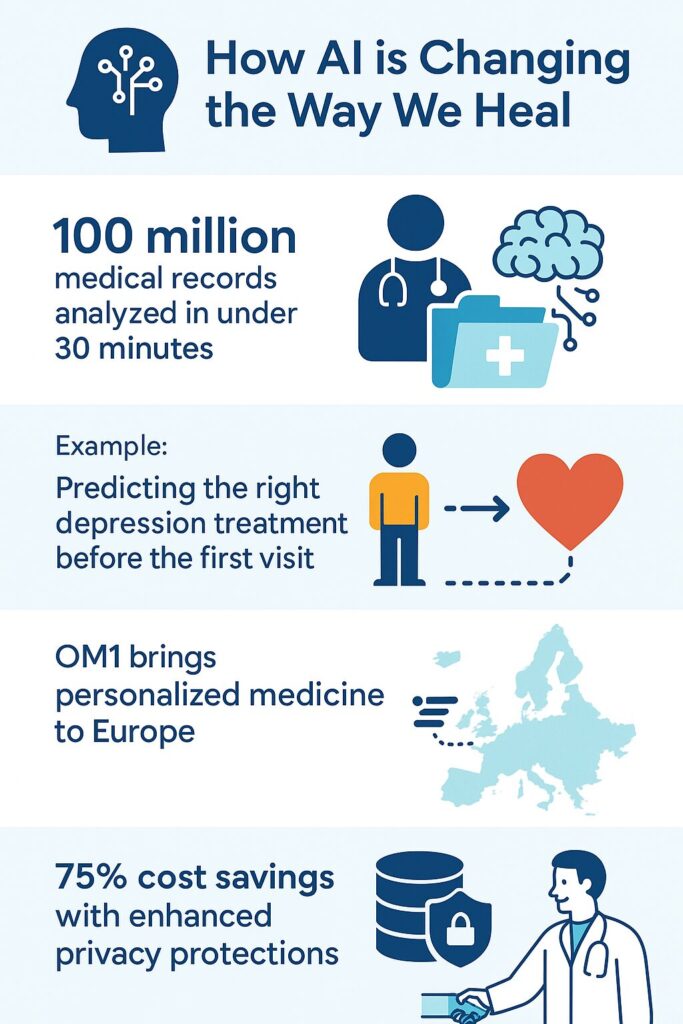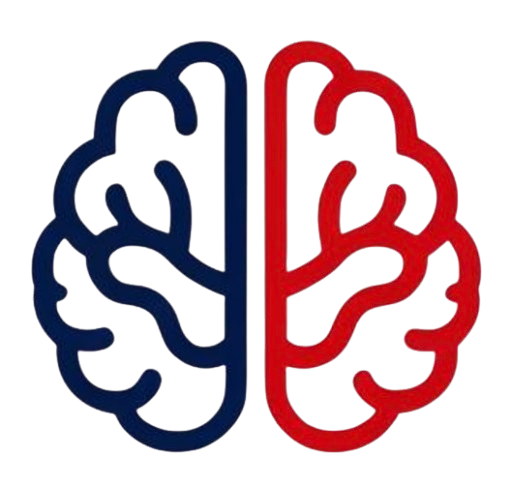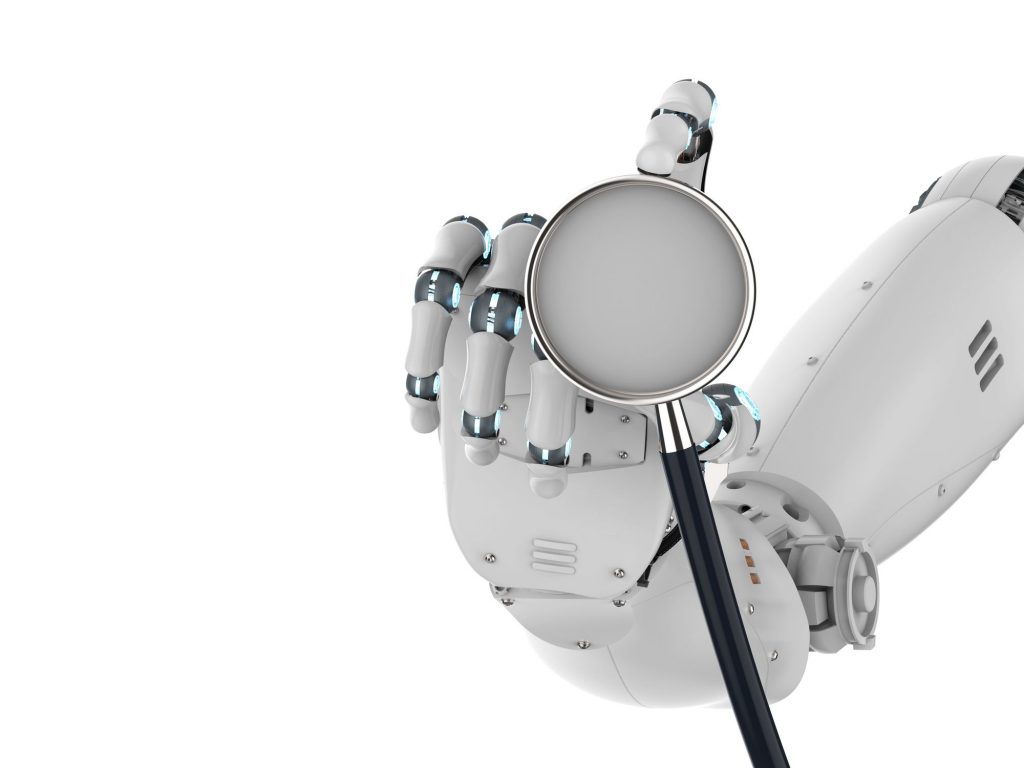Imagine visiting your doctor, and before you even explain your symptoms, they already understand the story behind your health — not just your age or diagnosis, but the fine details of how your body has responded to past treatments, what risks may lie ahead, and what interventions are likely to work best for you.
This isn’t science fiction. It’s the future of healthcare powered by artificial intelligence (AI) and real-world data (RWD) — and it’s already happening.
Musumeci Online – The Podcast. It is perfect for driving, commuting, or waiting in line!
From Charts to Smart Insights: The Data Behind Your Health
Every visit to the doctor generates a mountain of data — notes, test results, prescriptions, scans, and more. Multiply that by millions of patients, and you can picture the challenge: it’s like trying to read every page in every book of an enormous library just to find one answer.
That’s where AI steps in. Using advanced algorithms, AI systems can “read” and understand all this information — including medical images, lab results, genetic data, and even wearable device readings — much faster than any human. What used to take hours of manual review can now happen in minutes, unlocking faster, more accurate diagnoses and treatment recommendations.
But volume isn’t the only challenge. Each patient is unique, and effective treatment requires understanding that uniqueness. Instead of just treating “a 50-year-old woman with hypertension,” doctors can now see a full profile of her health journey, identifying subtle patterns and risks.

What Is Real-World Data, and Why Does It Matter?
Real-world data refers to information collected outside of traditional clinical trials — from hospital visits, digital health apps, electronic health records, and more. It paints a broader, more accurate picture of how patients live and respond to treatment in everyday settings.
Companies like OM1 are leading the way in turning this data into useful insights. Using platforms like PhenOM®, they help healthcare professionals and pharmaceutical companies understand disease progression, measure treatment success, and improve drug development.
Imagine a system that detects early signs of a serious condition like treatment-resistant depression or an abdominal aortic aneurysm, by analyzing years of patient data. Thanks to AI-driven platforms like this, doctors can intervene earlier — sometimes even before symptoms appear.

Making AI Safe, Private, and Scalable
One concern with so much data is privacy. The healthcare industry faces more cyberthreats than ever, and protecting sensitive information is non-negotiable.
That’s why technological advancements must also include strong data governance, HIPAA compliance, and smart engineering. OM1, for example, restructured its entire data platform using Snowflake, reducing operational costs by 75% while processing over 100 million records in under 30 minutes. With secure AI tools like Private AI, sensitive information is automatically protected while remaining useful for analysis.
What does this mean in real life? Hospitals can focus on saving lives instead of managing outdated data systems. Researchers can analyze massive datasets securely and efficiently. And patients can benefit from medical decisions that are informed, not rushed.
A Global Shift: From the U.S. to Europe
Until recently, much of this innovation was centered in the United States. Now, companies like OM1 are expanding into Europe, responding to growing demand from healthcare providers, pharmaceutical companies, and regulators.
By collaborating with European institutions, OM1 is helping to bring high-quality, AI-enhanced insights to a broader population. Their expansion means more personalized medicine, faster access to treatments, and better outcomes — across borders.
As regulations evolve and healthcare systems modernize, the ability to deliver region-specific, data-driven strategies becomes essential. From clinical trials to everyday doctor visits, AI and real-world evidence are changing how decisions are made and how lives are improved.
Why This Matters to You
Think of this transformation like the shift from printed maps to GPS. Just as we no longer navigate cities with paper, doctors no longer need to rely solely on static charts or memory. With AI and real-world data, they have dynamic tools that help guide each patient through their health journey.
And this isn’t about replacing human doctors with machines. It’s about empowering clinicians with the best tools available — tools that help them make faster, safer, and more personalized decisions.
We are entering a new era of healthcare. An era where data doesn’t just sit in files — it works for us. Where your health is seen not as a snapshot, but as a living, evolving story. And where the power of technology brings us closer to the kind of care we all deserve.



Leave a Reply